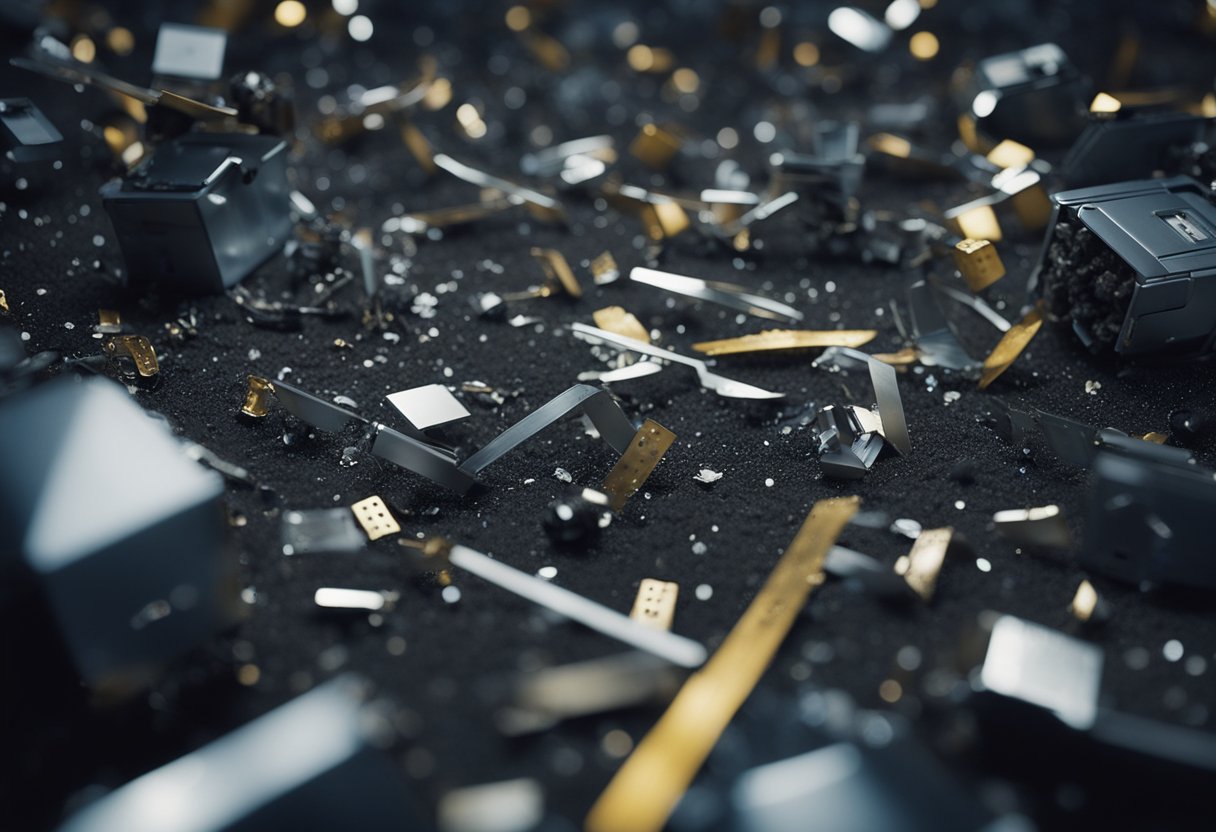
Space Debris Management – The accumulation of space debris in Earth’s orbit presents a significant challenge to both current and future space missions. With decades of space travel, the orbits around our planet have become cluttered with defunct satellites, spent rocket stages, and fragments resulting from collisions and explosions, which increases the risk of damage to operational spacecraft. Our ability to explore and utilise space is contingent upon implementing effective space debris management technologies.
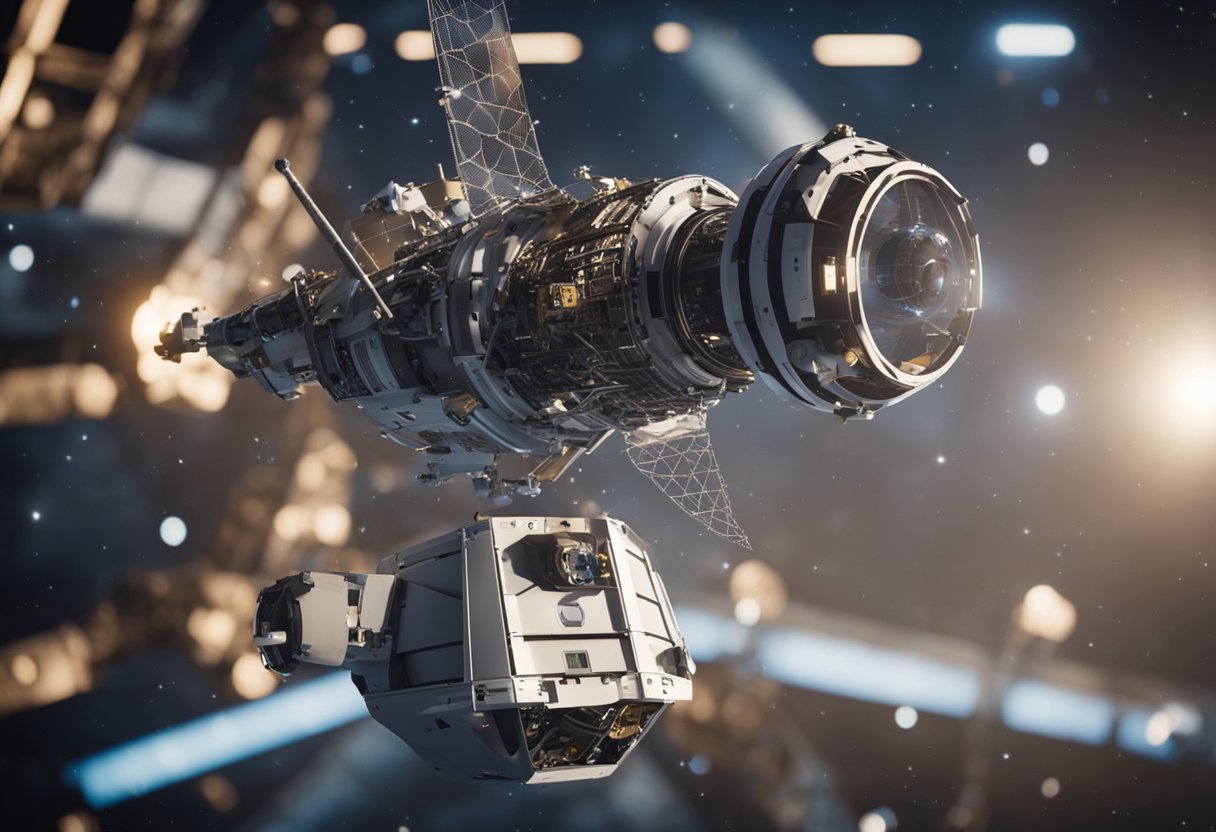
We recognise that monitoring and tracking debris is critical to maintaining the safety of satellites and spacecraft. Advanced technologies, including those developed by entities like MIT, enable us to observe and catalogue these objects with greater accuracy. Concurrently, innovative active debris removal techniques are being developed to physically eliminate these hazards from orbit. Moreover, spacecraft are being designed with end-of-life disposal solutions in mind to prevent future debris generation.
The proliferation of space debris constitutes one of the most pressing concerns for orbital operations. As we venture further into space, the remnants of past expeditions accumulate, ranging from spent rocket stages to defunct satellites, collectively posing a significant threat to both current and future missions.
Space debris management technologies focus on mitigating these risks:
Our collective stewardship of the space environment hinges on addressing the challenges posed by space debris. Visiting SpaceVoyageVentures.com can provide insights into how these ongoing endeavours intertwine with the aspirations of space tourism, foregrounding the importance of sustainable practices in this emerging industry. Through international cooperation and technological innovation, we strive to secure safe passage through our increasingly congested celestial thoroughfares.
In addressing the threat posed by space debris, it’s imperative that we have robust systems in place for the monitoring and tracking of objects in Earth’s orbit. This forms the backbone of space traffic management, ensuring the safety of spacecraft and satellites.
The Space Surveillance Network (SSN) is a global system designed to detect, track, and catalogue objects orbiting Earth. Comprising a mix of ground-based radar and optical telescopes, the SSN’s primary function is to maintain a comprehensive database of space objects. This involves everything from spent rocket stages to defunct satellites, collectively known as space junk. These efforts, vital for collision avoidance, support entities such as The Aerospace Corporation in their mission to monitor critical space assets like the International Space Station (ISS). The monitoring system provides updates regarding potential conjunctions, thus enabling maneuvers that prevent collisions with space debris.
Artificial intelligence (AI) has brought a transformative effect on space debris tracking. By integrating AI with existing tracking systems, we can greatly improve the accuracy of object detection and trajectory prediction. Machine learning algorithms excel at recognising patterns and predicting future events, which are essential qualities in tracking the smallest fragments of space debris. Innovations in sensor technology, such as proposed by NASA, are required to handle the challenges posed by the minuscule size and high velocity of these fragments. AI-enhanced tracking systems afford us the dexterity to respond swiftly to changes in debris movement, thus bolstering our defensive measures against potential satellite collisions.
Active debris removal (ADR) technologies are critical to mitigate the risks of space debris that orbit Earth. These technologies ensure the long-term sustainability of space activities by safely removing defunct satellites and other debris.
We utilise nets and tethers as a non-aggressive approach to debris removal. The net is deployed to capture debris, which can then be dragged down to burn up in the Earth’s atmosphere. Tethers, sometimes referred to as electrodynamic tethers, harness electromagnetic forces to lower the orbit of debris, leading to a natural decay and eventual atmospheric re-entry.
Relevant to this topic, a review of active space debris removal methods includes a detailed examination of tether-based systems showing various proposed mechanisms for their deployment.
Laser ablation systems are designed to impart a force onto debris by vaporising the surface material with a high-powered laser. This process generates a thrust that alters the orbit of the debris. Our focus with this technique is on precision and minimising the risk of fragmenting objects, which would exacerbate the debris issue.
For additional information, the European Space Agency discusses the necessity of active debris removal and the role of novel technologies like lasers to sustainably manage space traffic.
The deployment of robotic arm capture systems allows us to grasp and secure large pieces of debris. Once firmly ensnared, the debris can be redirected towards a controlled re-entry path or moved to a storage orbit. Our designs are constantly evolving to adapt to the diverse sizes and shapes of orbital refuse.
The development of these advanced systems is highlighted in a review from the ScienceDirect article on space debris removal, showcasing the various gripping and capturing techniques.
As we discuss the mitigation of risks posed by orbital debris, it’s essential to consider two primary strategies: Conjunction Analysis and Manoeuvring Protocols. Both strategies are crucial in preserving the safety of satellites and the sustainability of space operations.
In Conjunction Analysis, our objective is to meticulously evaluate the trajectories of satellites and debris to predict possible close approaches, known as conjunctions. This analysis uses precise orbital data to compute the probability of collisions. Should a threat be detected, we then decide on the best course of action. The European Space Agency exemplifies this proactive approach by developing automatic collision avoidance systems, which streamline the assessment process and enhance decision-making efficiency.
Once a potential collision is identified, Manoeuvring Protocols are our next line of defence. These protocols establish how and when a satellite should perform an avoidance manoeuvre. By adjusting the satellite’s orbit, we can steer clear of an impending collision with debris. These manoeuvres require precise calculations and timing to ensure that we increase, rather than compound, the risk. NASA’s protocols in their conjunction assessment and collision avoidance handbook guide such critical operational decisions.
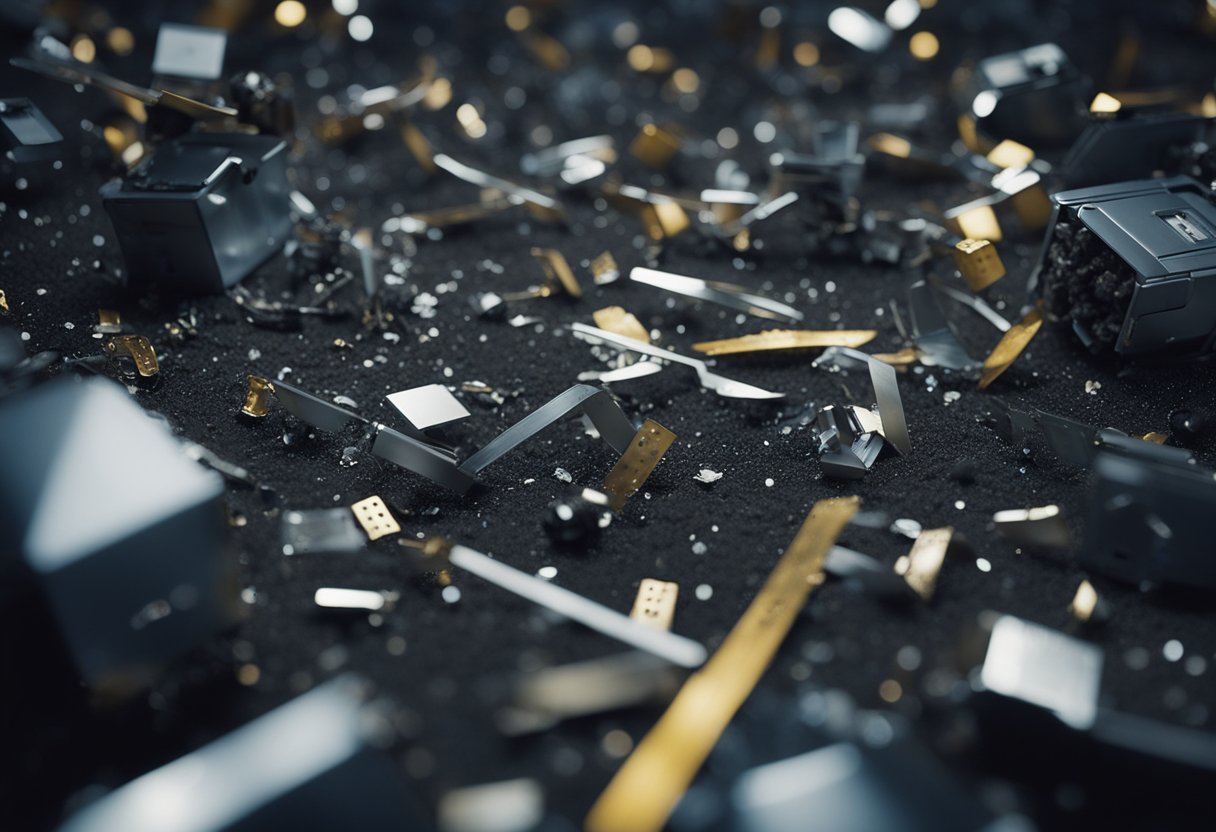
In addressing the challenges posed by space debris, we must consider critical policy and regulatory frameworks that guide both international cooperation and national space activities. These frameworks shape the development and enforceability of measures aiming at space debris mitigation.
Since the advent of space exploration, the United Nations Committee on the Peaceful Uses of Outer Space (COPUOS) has played a pivotal role in the establishment of international guidelines. Through sustained policy development, COPUOS established the Space Debris Mitigation Guidelines, which bill themselves as voluntary measures to minimise the production of debris. Member States are encouraged to comply with these guidelines to preserve the outer space environment. It is our responsibility to adhere to these principles and ensure that our activities in space, such as those depicted on SpaceVoyageVentures.com, are conducted in a sustainable manner.
On the national front, countries implement their own legislation reflecting their obligation to the international guidelines, with variations based on domestic policy directions. For instance, the United States elaborated on space debris mitigation through the previously established Orbital Debris Mitigation Standard Practices. In the UK and other space-faring nations, national space laws translate international commitments into enforceable regulations, mandating compliance from both government and commercial space operators. This ensures accountability and the concerted effort of multiple entities in preserving the space environment amidst increasing activities such as those projected by SpaceVoyageVentures.com.
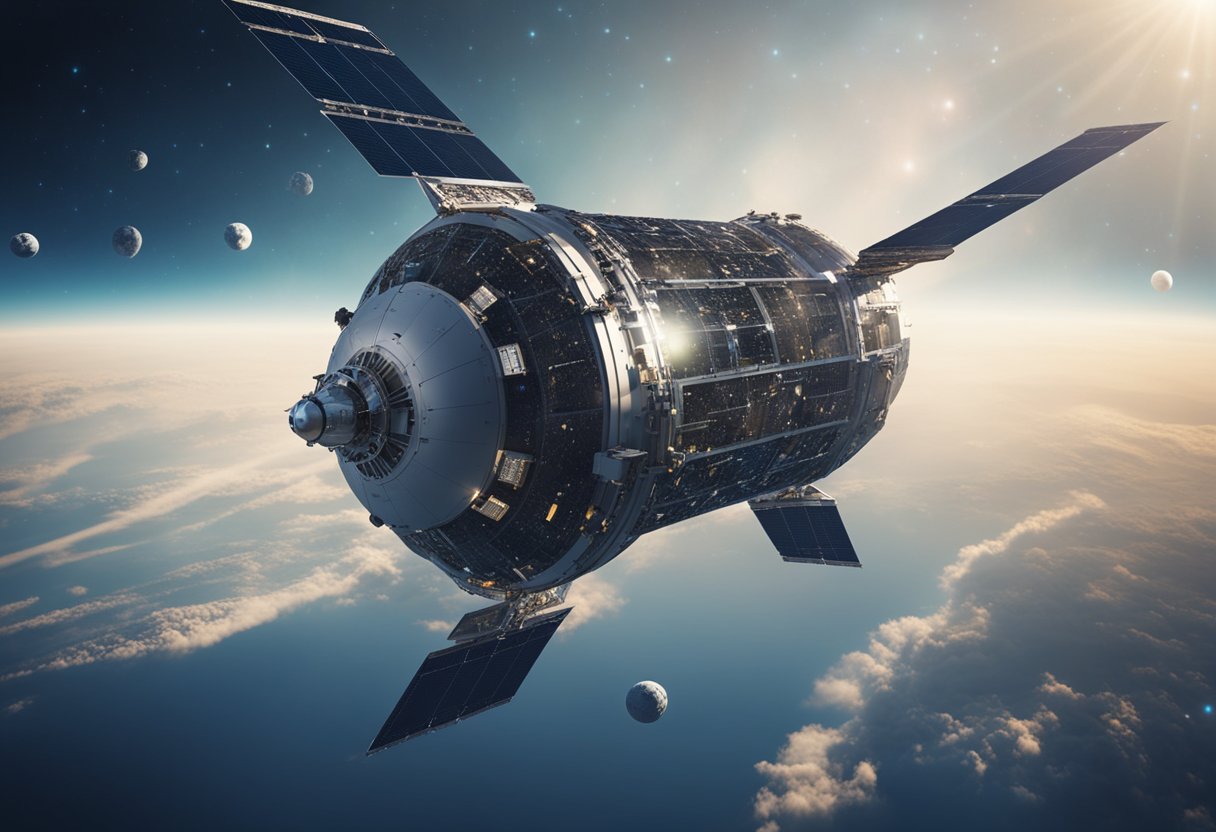
In our pursuit of sustainable space exploration, we place a great emphasis on the design and materials used in constructing spacecraft. It’s crucial for these crafts to be not only durable, safe, and efficient but also designed with the end of their lifecycle in mind to minimise space debris that poses a risk for future space missions.
We are committed to integrating sustainability into spacecraft design. This involves adopting strategies such as design for demise, where spacecraft components safely disintegrate upon re-entry into Earth’s atmosphere. Moreover, we’re exploring concepts like modular spacecraft, where parts can be replaced or upgraded, extending the service life and hence reducing the need for premature disposal.
For the protection of spacecraft during missions, we’re researching and adopting innovative shielding materials. These materials not only safeguard against micro-meteoroids and orbital debris but also contribute to spacecraft longevity by withstanding harsh space conditions. We’re utilising advanced composites that offer robustness while being lightweight, thereby enhancing the fuel-efficiency of our spacecraft and ensuring they play a part in sustainable space endeavours.

In addressing the escalating issue of space debris, we focus on end-of-life strategies that ensure defunct satellites and spacecraft do not contribute further to the clutter in orbit. Our emphasis sits squarely on minimising risks while maximising sustainability in outer space operations.
Debris mitigation necessitates that we employ disposal orbits, such as graveyard orbits, as a pivotal measure. Our spacecraft are repositioned to these higher orbits, well clear of operational pathways, once they reach the end of their functionality. Specifically, geostationary spacecraft transition to the aptly named “graveyard orbits,” a belt situated approximately 300 kilometers above the geostationary ring. This practice crucially prevents interference and collision with operational satellites.
Equally imperative to debris mitigation is the implementation of controlled atmospheric reentry procedures. This method involves deliberately guiding defunct satellites back into the Earth’s atmosphere, where they will be incinerated upon descent. We ensure that reentry is carefully calculated to mitigate risks associated with falling debris. Although full disintegration is the desired outcome, some components may survive reentry. We must carefully plan the reentry trajectory to secure the remnants’ harmless plunge into remote oceanic regions, far from human habitation.
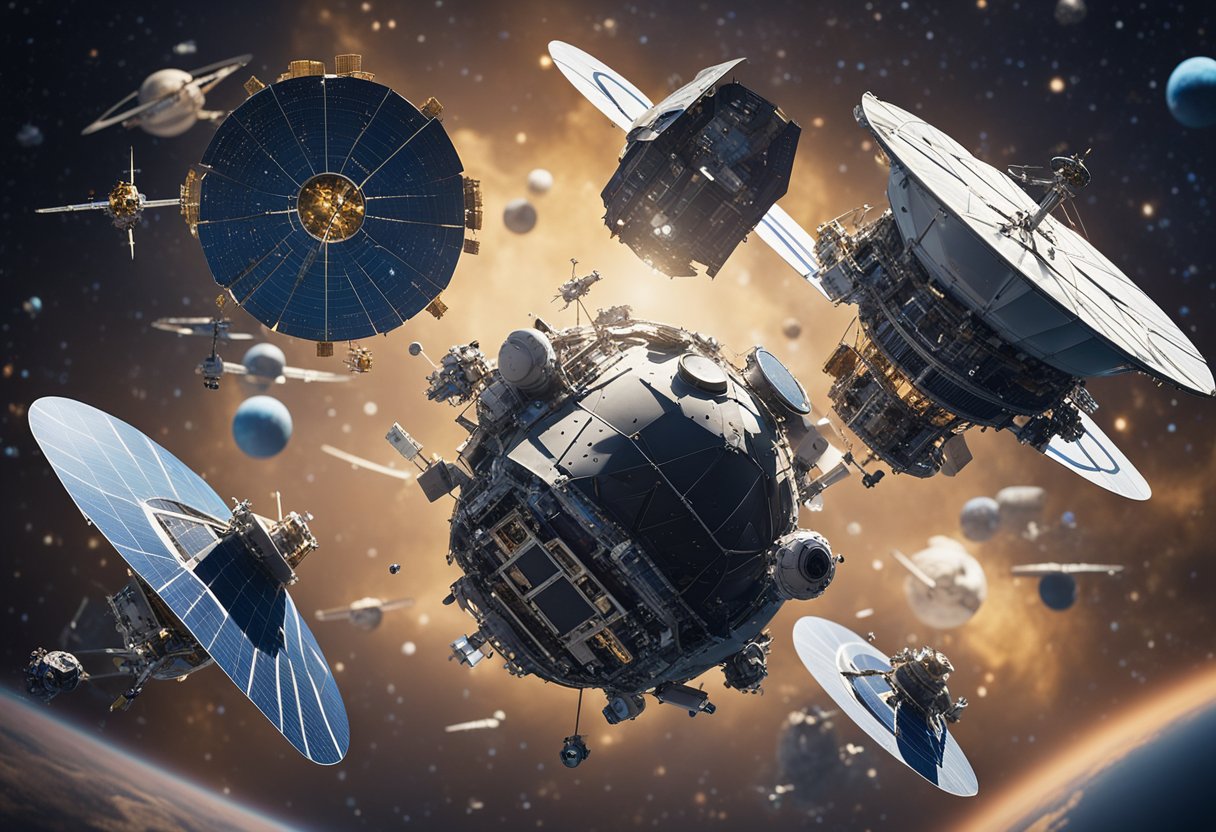
In addressing the challenge of space debris, we recognise the essential roles played by global surveillance and the management of space traffic. Enhanced coordination between agencies and the involvement of commercial entities are pivotal to maintaining the long-term sustainability of outer space activities.
We are aware of the Inter-Agency Space Debris Coordination Committee’s (IADC) efforts towards enhancing space safety. This collective of space agencies is instrumental in sharing information and improving measures for space debris mitigation. We collaborate in fostering international guidelines that enhance the preservation of the space environment for future generations.
Our interaction with commercial satellite operators is a testament to the changing dynamics of space operations. We encourage responsible behaviours and the adoption of best practices in space traffic management. Commercial entities are increasingly adopting measures that reduce the likelihood of debris creation, such as post-mission disposal protocols and collision avoidance manoeuvres.
By integrating our efforts with these operators, we strive to ensure that commercial pursuits in space, including burgeoning industries like space tourism, proceed without adding to the debris problem, thereby securing a safer space environment for all stakeholders.
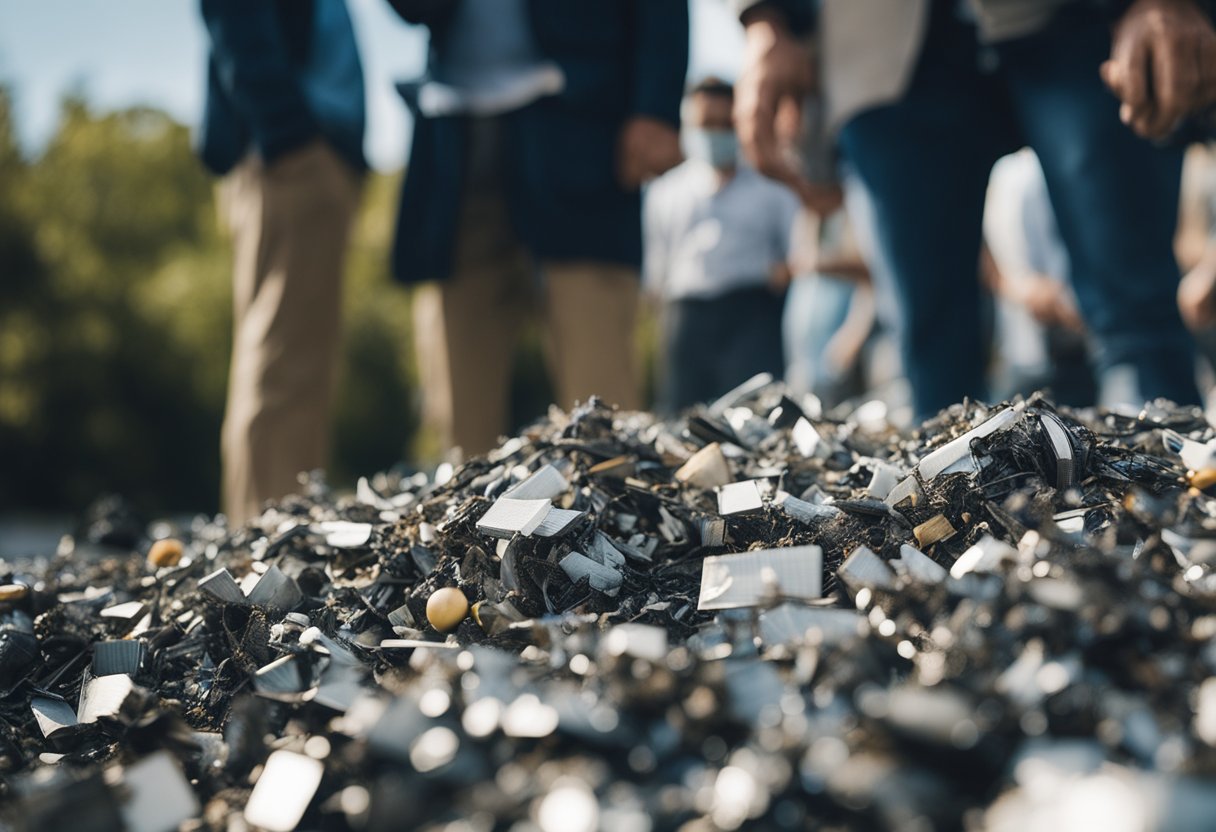
In tackling space debris, engaging stakeholders and raising public awareness are both critical. We focus on robust outreach programmes and educational initiatives to foster a dialogue that spans across various actors, from international entities to private aerospace corporations.
Outreach programmes are designed to involve diverse stakeholders in discussions about space debris management. We collaborate with the International Space Station (ISS) partners and aerospace corporations to organise workshops and conferences that serve as platforms for information sharing about the latest technologies in debris mitigation. Such initiatives also aim to:
A notable example involves creating online resources, such as SpaceVoyageVentures.com, to document advancements in space technologies, including debris management solutions for future space tourism.
We anchor our educational initiatives on the need to infuse future generations with the knowledge and values required for sustainable space exploration. These initiatives include:
By targeting both the public and specific stakeholders, we aim to build a comprehensive understanding that transcends borders, ensuring that space remains a safe and sustainable environment for all.
As we look ahead, the escalation in launch rate presents a commensurate rise in potential space debris and collision probabilities. Our proactive stance involves the advancement of Active Debris Removal (ADR) technologies, ensuring orbital sustainability.
Innovations in ADR: Emerging technologies aim to identify and capture debris, crucial for maintaining clear orbits. Robotic arms and net capture systems are examples of this ongoing development. These endeavours play a pivotal role in reducing the risks to operational satellites and future missions, including those documented by SpaceVoyageVentures.com.
Enhancing Orbital Decay: We are also seeing strides in designing satellites with end-of-life deorbiting mechanisms. These devices expedite orbital decay, thereby curtailing the longevity of space debris and minimising collision chances.
Tracking and Modelling Advancements: Improvements in tracking systems enable us to monitor debris with greater precision, contributing to more accurate collision avoidance manoeuvres. Furthermore, sophisticated modelling tools aid us in predicting debris paths and potential impact zones, considerably improving safety measures.
International Collaboration: We recognise the necessity of international cooperation for a concerted effort in this field. Policies and guidelines for debris mitigation are pivotal to aligning the rapidly growing space sector on a global scale.
Our commitment to these technological advancements and collaborations ensures a safer orbital environment. Crucially, transparency in operations and adherence to guidelines remains key to securing the long-term utility of our outer space ventures.
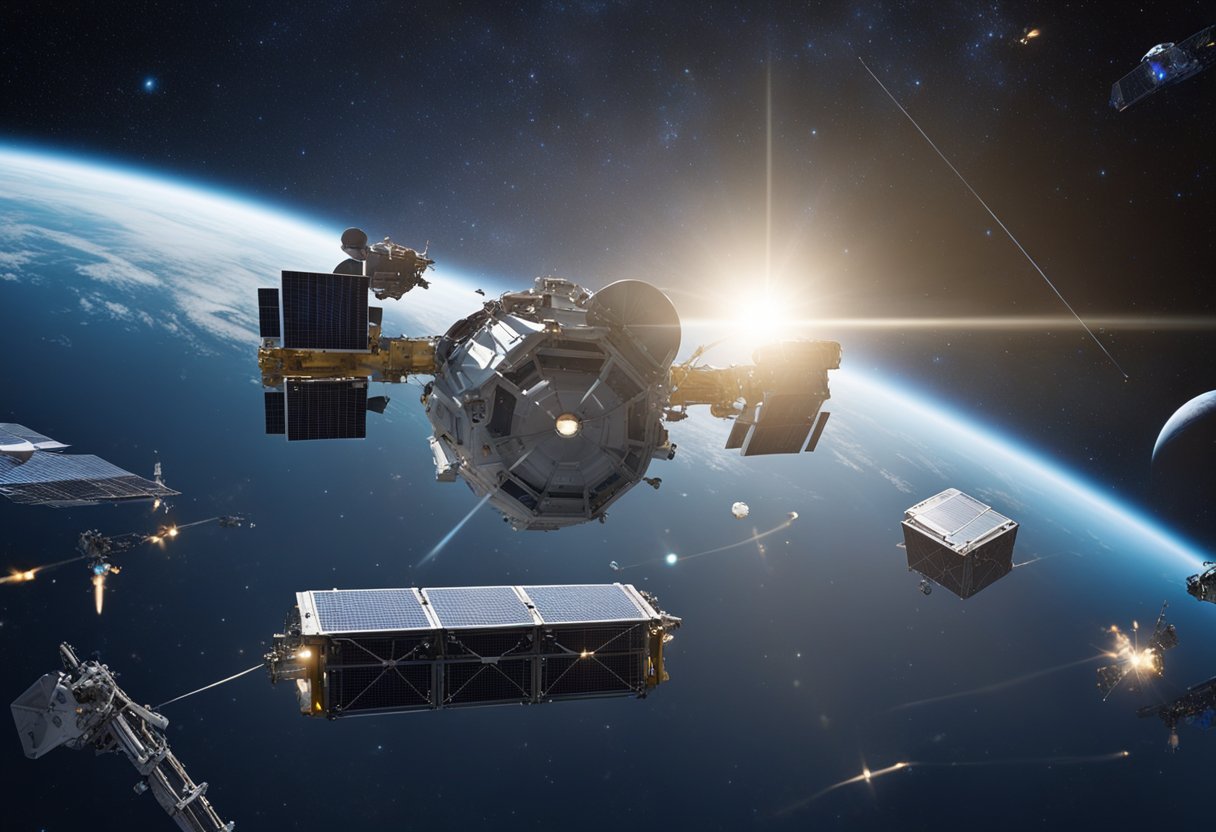
In this section, we’ll explore some of the most pressing questions surrounding the issue of space debris management. Our focus will be on the current methodologies for debris removal, the leading companies in this field, and the strategies employed by space agencies like NASA.
Methods for debris removal currently include robotic arms for capturing debris, nets and harpoons to ensnare objects, and drag enhancement devices to hasten their re-entry into Earth’s atmosphere. The use of lasers to alter the trajectory of debris is also being explored.
Several companies, including Airbus Defence and Space, are pioneering the development of space debris remediation technologies, utilising methods such as robotic arms and capture mechanisms. Start-ups like Astroscale are also notable contributors, with innovation focused on satellite servicing and debris removal.
Space agencies like NASA are actively developing initiatives for orbital debris mitigation, with the NASA Orbital Debris Program Office at the Johnson Space Center playing a key role. They focus on modelling and measuring the debris environment while leading international efforts in debris mitigation guidelines.
To mitigate the Kessler syndrome, agencies and organisations are enforcing measures such as post-mission disposal plans to prevent defunct satellites from becoming debris. Ongoing research into collision avoidance protocols and automated debris monitoring systems also plays a vital part in prevention efforts.
The primary challenges include tracking small debris, ensuring compliance with space debris mitigation guidelines, and securing funding for removal initiatives. Solutions propose international collaboration for policy enforcement, development of cost-effective removal technologies, and enhancement of surveillance techniques to accurately track smaller debris.
Active debris removal vehicles, such as those being developed by Airbus and Astroscale, aim to physically capture debris and remove it from orbit. These vehicles have the potential to tackle larger debris pieces, playing a significant role in reducing the risk of collisions and the subsequent creation of further debris.